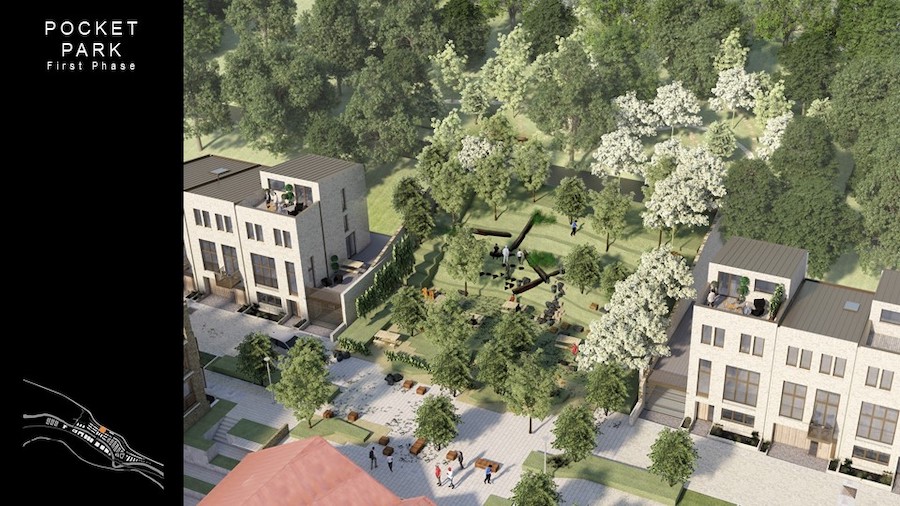Cities / Healthy Cities
The Leeds approach: Placemaking for resilient communities
By Jenny Fisher and Lizzie Greenwood | 08 Mar 2021 | 0
Jenny Fisher and Lizzie Greenwood discuss a training resource for council officers, locally elected politicians, developers and place-shapers.
Authors of scientific paper:
Abstract
Leeds City Council has prioritised designing resilient communities for many years – through local plan policies, supplementary planning documents, multidisciplinary working groups, public transport improvements, public health reports, involvement with research – but still not all new Leeds developments are built anticipating the future and ready to adapt. Why? Competing priorities and knowledge gaps played a part but the declaration of a climate emergency in March 2019 made it clear that planning and designing for resilience are essential for our survival.
‘Placemaking for resilient communities’ is a training resource for council officers, members, developers and place-shapers, which brings together our collective knowledge and experience with existing policies, guidance and research. The document covers key elements of placemaking, including site selection, existing character, green infrastructure, density, and transport, and it was presented to council officers and members in a climate emergency response meeting, discussed at seminars with planning officers, and shared with design, highways, regeneration and council housing growth officers. One of the key outcomes was that members and officers were generally already convinced of the urgency for creating resilient communities but were lacking support from specialist colleagues, a strong evidence base or examples of what is possible in Leeds. The training resource itself and discussions during the presentations have begun to address these problems and deliver more focused design consultations.
The Covid-19 pandemic has prevented the next stage of seminars but has also emphasised the importance of particular elements of placemaking. The availability, quality and accessibility to pedestrian and cycle routes, parks, natural green spaces, and amenities such as shops and pharmacies, as well as the importance of residential space standards, have become vital to our community’s ability to cope. Unlike the climate emergency – which may seem to be a distant catastrophe – this global pandemic has clearly shown the lack of resilience in some of our communities but it’s also shown our ability to adapt at great speed, and given us an opportunity to reset our relationship with our immediate surroundings.
Post Covid-19, we will use the renewed connection to our local environment as further justification for building resilient communities in engagement with developers and place-shapers. Policy planners will be carrying out a timely local plan review to provide focus as well as flexibility to support and strengthen positive placemaking. It will be important for Leeds to continue to focus on the provision of infrastructure to ensure that the behavioural changes experienced are supported for the longer term.
Keywords
Leeds City Council has prioritised designing resilient communities for many years – through Local Plan policies; supplementary planning documents; multi-disciplinary working groups; public transport improvements; public health reports; and involvement with research – but still not all new Leeds developments are built anticipating the future and ready to adapt. Why is this? Certainly, competing priorities (for example, the Government’s drive to deliver housing numbers at almost any cost) and knowledge gaps (in both the local authority and the development industry) have played a part, but the declaration of a climate emergency in March 2019 made it clear that planning and designing for resilience is essential for our survival.
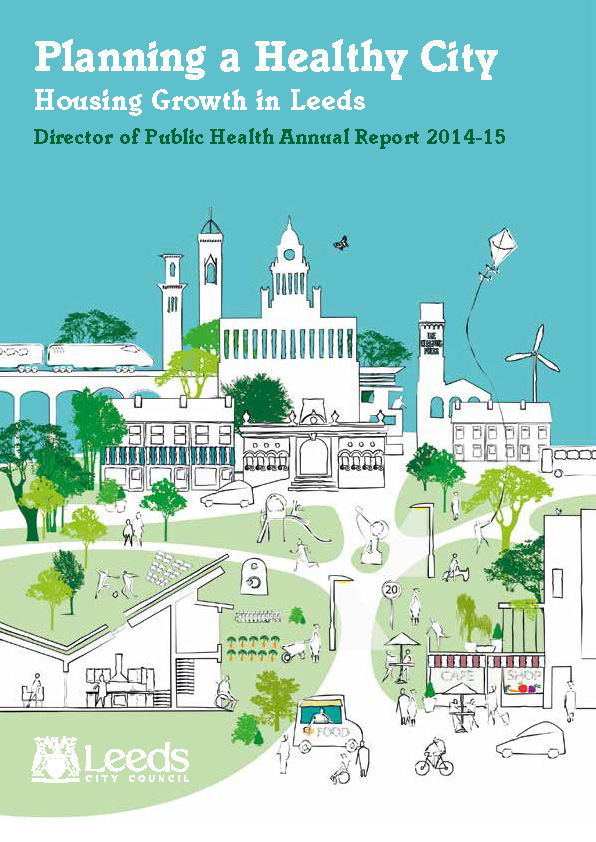
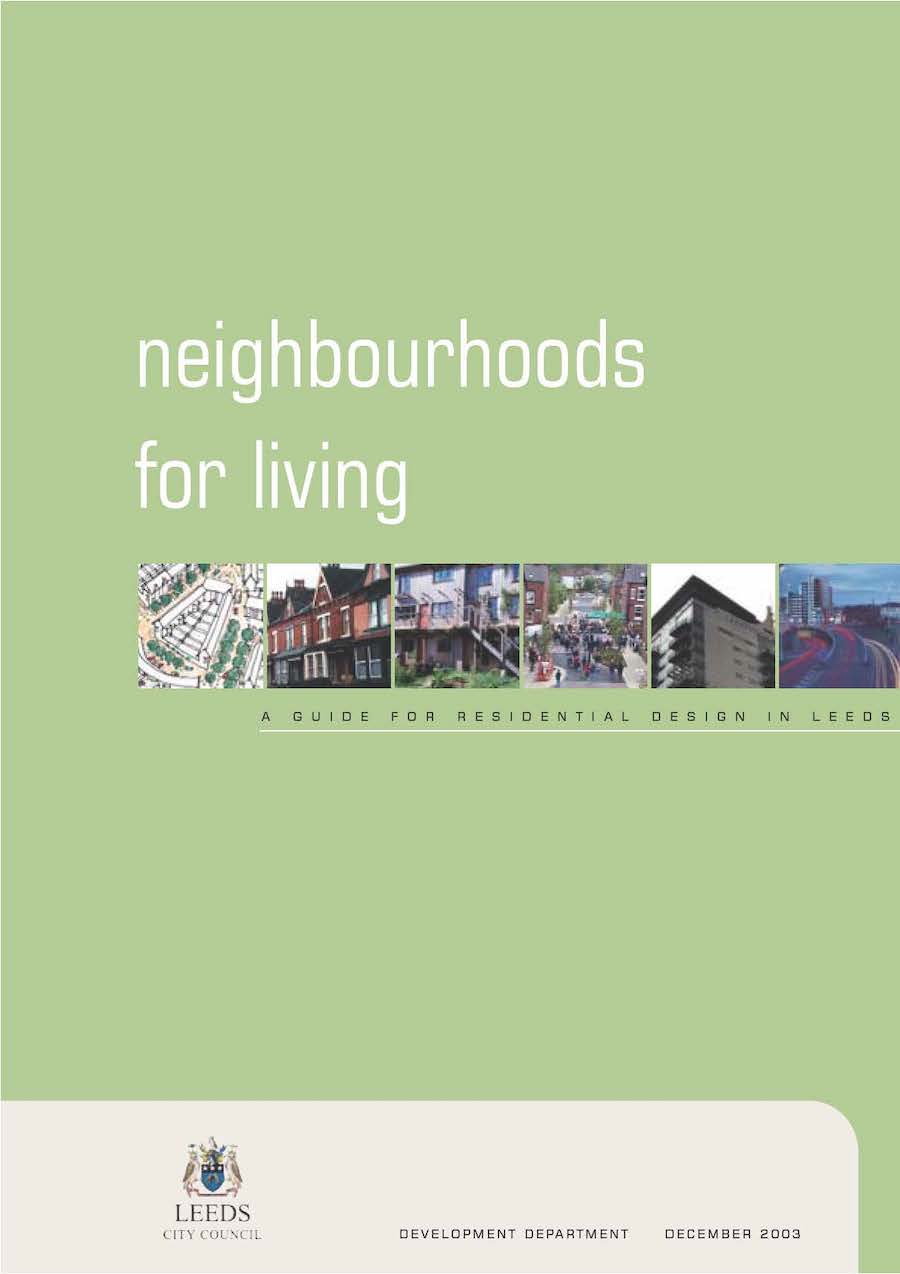
The ‘Placemaking for resilient communities’ training resource, which brings together collective knowledge and experience with existing policies, guidance and research, covers key elements of placemaking, including site selection, existing character, green infrastructure, and density. Since the pandemic, it has been expanded to include sustainable travel and connectivity to local community greenspace.
One of the key outcomes was that politicians and council officers were generally already convinced of the urgency for creating resilient communities but were lacking support from specialist colleagues, a strong evidence base, or examples of what is possible in Leeds. The training resource itself and discussions during the presentations, alongside health-led research discussed later in this paper, have begun to address these problems and deliver more focused design consultations.
The Covid-19 pandemic has emphasised the importance of particular elements of placemaking. The availability, quality and accessibility to pedestrian and cycle routes, parks, natural green spaces, and amenities such as shops and pharmacies, as well as the importance of residential space standards, have become vital to our community’s ability to cope. Unlike the climate emergency – which may seem to be a distant catastrophe – this global pandemic has not only shown the lack of resilience in some of our communities but also our ability to adapt at great speed, and an opportunity to reset our relationship with our immediate surroundings.
Post Covid-19, we will use the renewed connection to our local environment as further justification for building resilient communities in engagement with developers and place-shapers. The Council will be carrying out a timely Local Plan Review to provide focus as well as flexibility to support and strengthen positive placemaking through the statutory Development Plan. It will be important for Leeds to continue to focus on the provision of infrastructure to ensure that the behavioural changes experienced are supported for the longer term.
Building healthy spaces and places where active travel and outdoor activity are an easy choice will build community relationships and contribute enormously to reducing inequalities in health and promoting healthy lives for all.
In 2016, a cross-directorate and multidisciplinary officer group was formed – ‘Planning and Design for Health and Wellbeing’. This has representation from those in Urban design; Planning policy; Public health; Active Leeds; Highways / Influencing travel behaviour; Parks; and Communities teams.
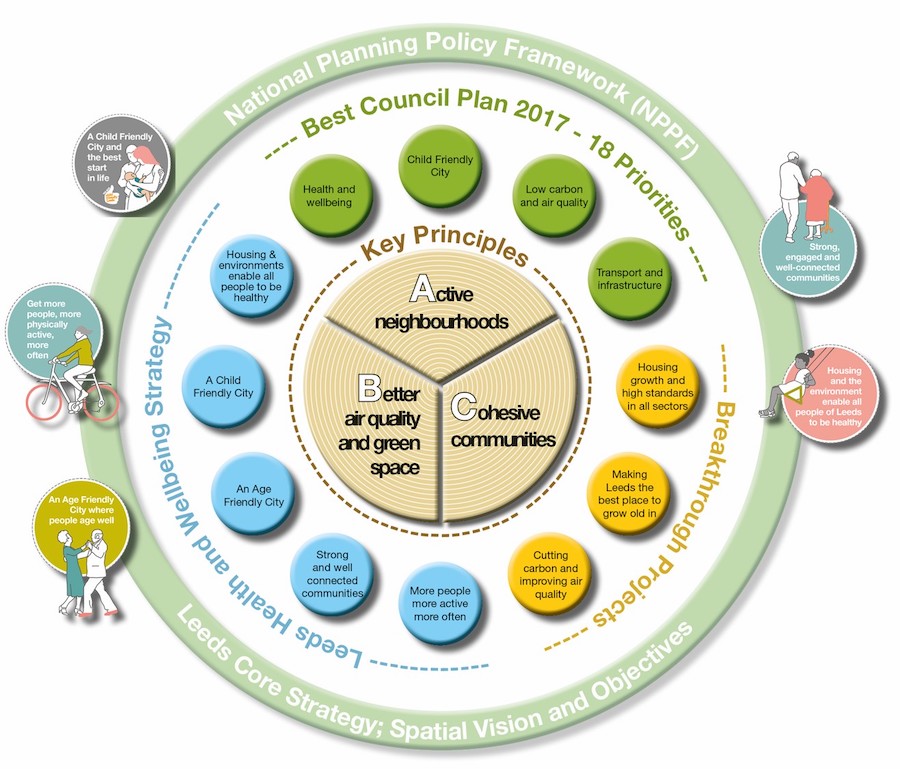
This group was set up to discuss a way forward where we design for children, older and vulnerable people – because when we design for them, we design for everyone.
In 2019, when the Council declared a climate emergency, the group included climate mitigation in its remit. The pandemic served to strengthen our resolve to ensure all our decision making and corporate priorities, in neighbourhoods throughout the Leeds district, embed the three core principles of active neighbourhoods, better air quality and greenspace, and cohesive communities. The following case studies serve to illustrate exemplar sustainable placemaking and why these three principles have had extra resonance during the pandemic.
All three projects enjoyed the benefit of an excellent design team willing to engage at all stages of the process, and showed resilience in their flexibility to adapt to changing circumstances. They also displayed a strong focus on creating a sense of community, with sustainability and active travel a primary consideration.
Active neighbourhoods can be encouraged by promoting cycling and walking, reducing car usage, and improving children’s opportunities for independent mobility. Increasing volume and speed of traffic over the past few decades have been shown to impact negatively on healthy outdoor activity. Attractive, safe streets and networks lead to more children’s informal play and active travel for all ages and abilities, and can add to the financial value of development.
Case study: Kirkstall Forge
Designed by FCB Studios for the developer CEG, the masterplan promotes a healthy lifestyle and has been developed to build a social and integrated community. Balanced streets encourage walking and cycling with green connections to the new railway station, riverside walks and pocket parks.
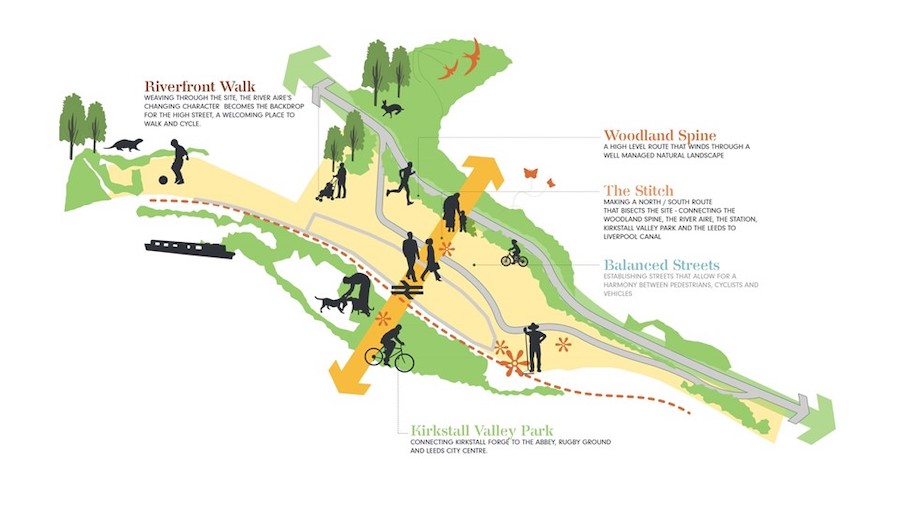
Air quality and greenspace can be improved by using green and blue infrastructure to provide opportunities for outdoor recreation and promote mental wellbeing. New development should provide and link to existing green and blue infrastructure wherever possible, and should provide new natural features, including green roofs, hedges, street trees and community gardens. Environmental sustainability is integrally linked and any gaps in green infrastructure are investigated using Leeds City Council’s existing interactive map:
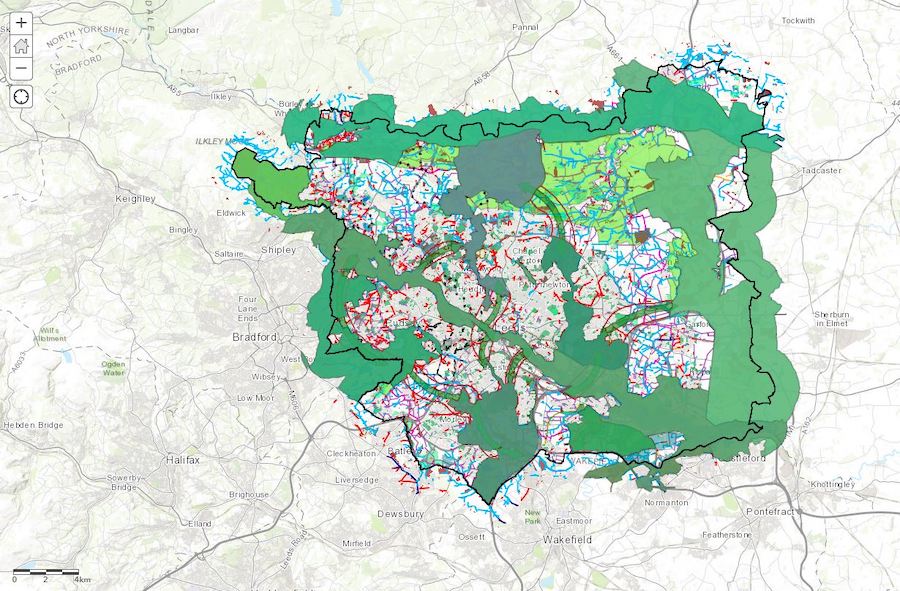
Case study: Climate Innovation District
Designed by CITU Design, a sustainable property developer committed to tackling climate change by creating better places to live, work and play. Homes are timber framed, manufactured on site, and zero carbon. The location in a riverside setting enables a focus on biodiversity and green sustainable travel.
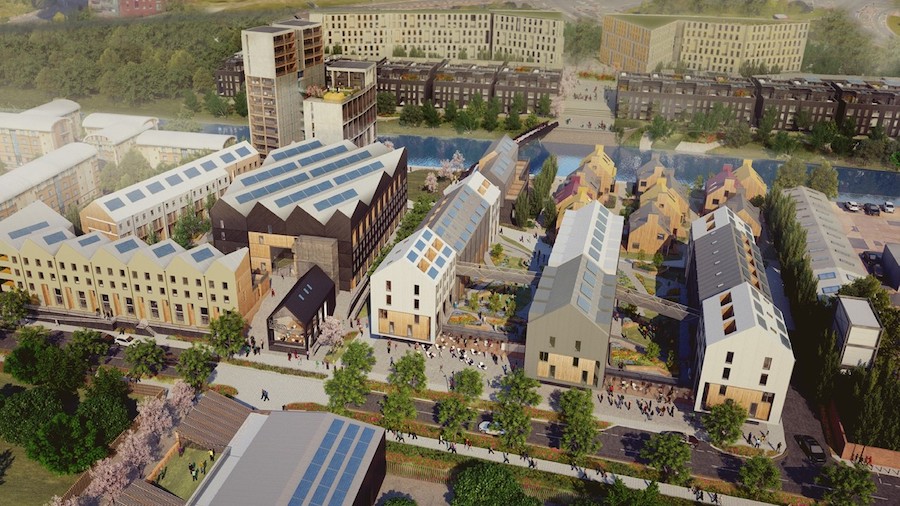
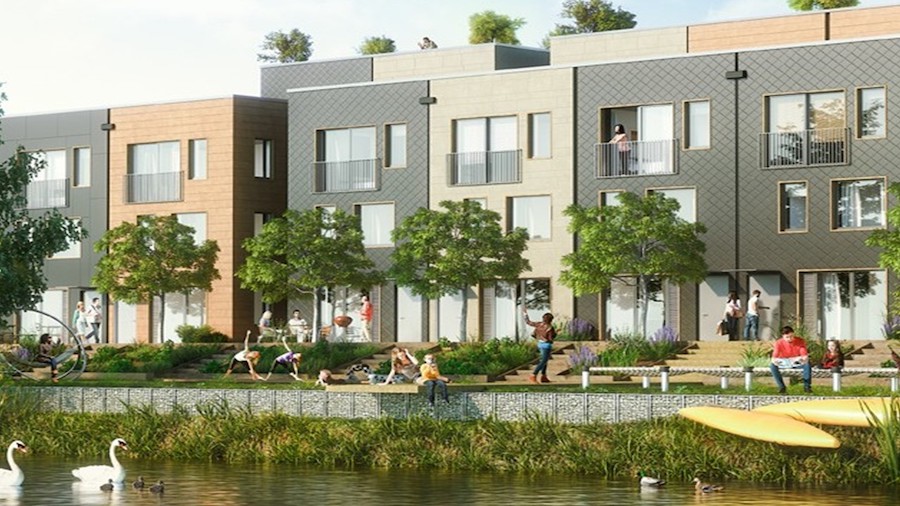
Cohesive communities can be created by encouraging co-located services and high-quality neighbourhood spaces to encourage social interaction and combat isolation. A well-overlooked street or space that provides places for chance encounters or to sit and chat is more likely to lead to more friendships with neighbours, helping those from different backgrounds get to know each other and feel safe. Local facilities and workplaces should be easy to reach, and communities helped to play an active part in managing their area.
Case study: Lilac
Designed by White Design, this co-housing community of 20 eco-build households is highly energy efficient and features shared communal facilities (shared meals in the common house, communal gardens and allotment, and a shared laundry/tool store).
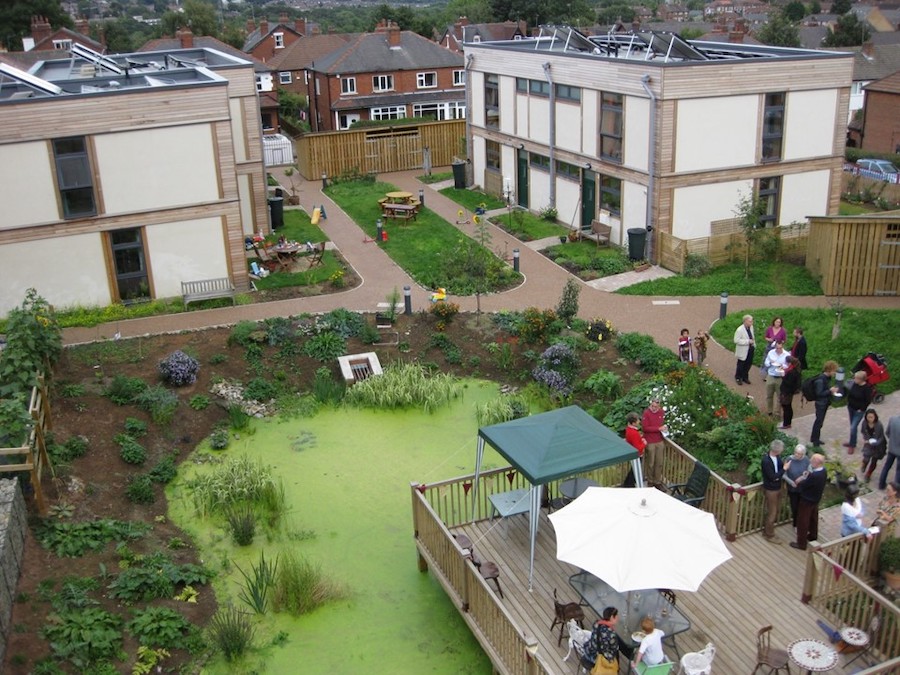
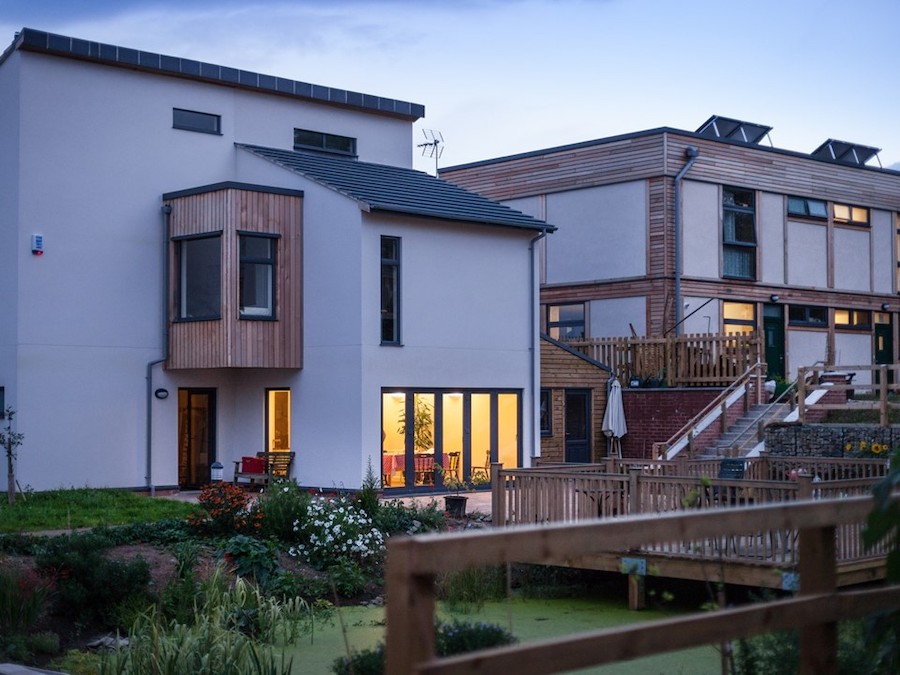
“Lilac is a real-world successful example of how a group of people can take control of their housing, and build a great community life that’s affordable, healthy and good for the planet, too,” says Lilac co-founder and current resident Paul Chatterton.
Although Leeds is justifiably proud to have these exemplar projects, sadly, they’re the exception. The dominance of the car and household waste collections results in housing characterised by hard surfacing. What is the solution? Firstly, car parking should be located on the edge of developments, thereby requiring residents to walk to their car. If they spend a few minutes walking, they may keep going to public transport and local facilities. There is no need to have cars parked outside front doors, unless required for disability; it’s purely for convenience. Opening up the streetscape to community interaction will combat loneliness and address mental health issues – much needed requirements following this year’s pandemic. Centralised waste disposal systems are starting to feature in some UK housing developments and will be explored in several of our major housing schemes in Leeds.
A good architect is essential to healthy and sustainable placemaking. The successes of the award-winning ‘Accordia’ in Cambridge (FCB Studios) and ‘Goldsmith Street’ in Norwich (Mikhail Riches Architects) are due to the design team and community engagement. Volume housebuilders with in-house architects and ‘cookie-cutter’ housing layouts are unlikely to provide the innovation required to fundamentally change the way we choose to live, by providing opportunities for sociable streetscapes and making active travel an easy option. If investment in green infrastructure is to happen, we must share the health benefits and treat them as health assets.
At the Health City Design 2019 Congress, Arup presented a health-led approach to infrastructure, proposing a shared framework of health assets as the focus for whole-system collaboration. This approach was trialled in one of the Council’s six priority neighbourhoods to determine if it was possible to align cross-sector investment to deliver health and wellbeing outcomes for communities.
As exemplified by our current approach to planning and design for health and wellbeing, the underpinning key principles, and further highlighted by our Health and Wellbeing Strategy 2016-2021, wellbeing in Leeds starts with people and everything is connected. This emphasises the importance in positive placemaking of identifying shared assets, languages and priorities, led by health, and driving and connecting systems and sectors as recognised by the Arup report and highlighted in figure 6. A key element of this is the need for health-led research and evidence to drive change and help build shared language and priorities across sectors.
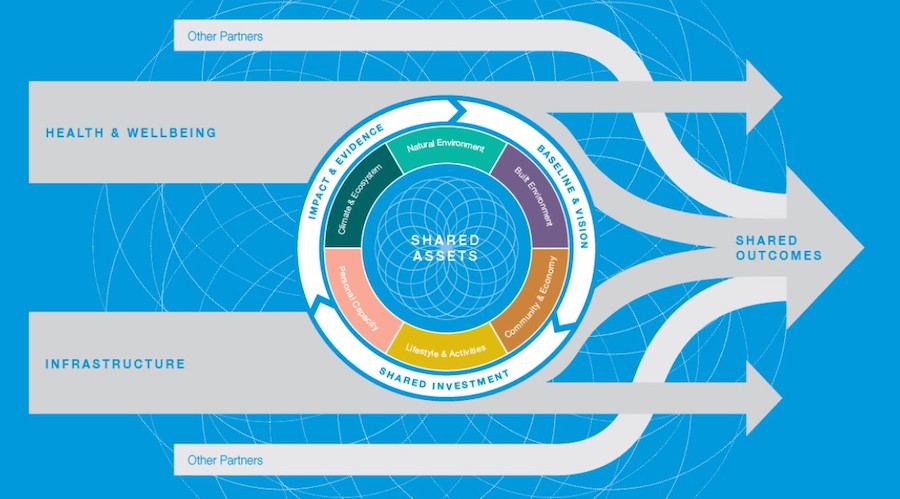
Leeds has taken the first step in driving this work forward with a recent research project underpinning its ambition to become the most active city in England, with the aim to develop a shared vision that will encourage and enable everyone in Leeds to move more every day. Being physically active must become the easiest choice to make in Leeds and a greater understanding is needed of how this can be achieved. Leeds has three cross-cutting priorities: ‘the three pillars’ of inclusive growth, health and wellbeing, and climate change. It’s acknowledged that increasing physical activity levels across the city, particularly in communities that may experience more deprivation, has the potential to contribute to a healthier place, a greener city and a stronger local economy. Leeds aspires to be a city where life ‘feels good’ and recognises that physical activity can make a significant contribution to this for both individuals and the city at scale.
This study uses the Influencer Framework, an academic model that provides a systems perspective (see figure 7) to support behaviour change. Using this framework, we listened to the people of Leeds and these conversations will inform how to create a more active city. Conversations with more than 4500 people living and working in Leeds took place either via focus groups or by completing an online survey. This is the largest-ever study of physical activity levels in the city and covers all local postcode areas. Using this robust model in this way provides an evidence-based approach to shape future changes. In light of the Covid 19 pandemic, we’re currently conducting a literature review to ascertain whether behaviour and ideas have changed. It’s thought that no other UK city study has such support for guiding its action plans for so many identified groups and/or localities.
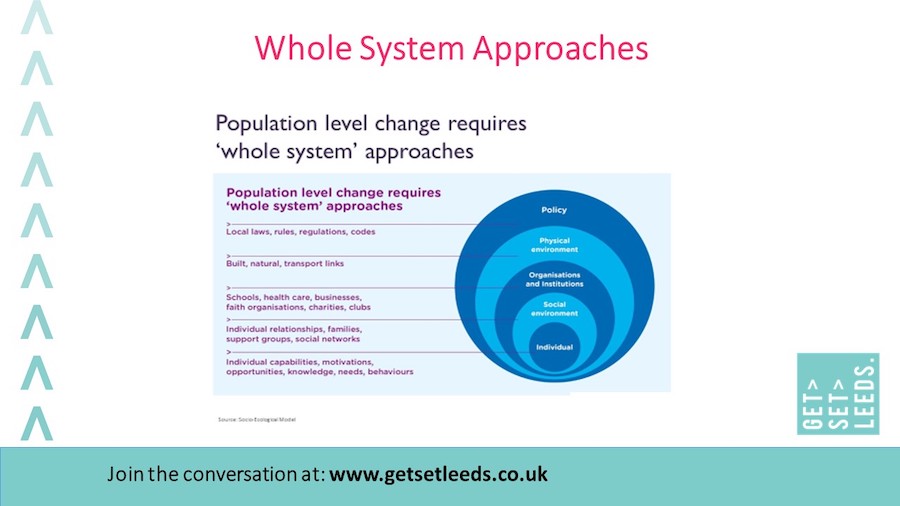
Key findings
1. Most people want to be physically active
Results demonstrated that high levels of motivation for doing more physical activity is impeded by powerful combinations of social and environmental frictions. This suggests that respondents felt motivated and capable of being physically active but felt as though they did not get the support from the environment to encourage this behaviour.
2. Our environment needs to make it easier to be physically active
The environment continually demonstrated the lowest levels of agreement for all demographics and postcodes, suggesting a need to improve the environment to make it more supportive and easier to be physically active.
3. Inactive people want to be active, but feel they aren’t able to be
There were a variety of barriers identified that prevented individuals from being active across all Influencer domains and demographics. Top barriers included:
- personal capability and individual beliefs;
- social expectations, pressures and influences;
- communication and information;
- personal motivation; and
- cost of activities, gyms, etc.
4. Target groups include:
- people with disabilities and/or long-term conditions;
- women;
- 14- to 24-year-olds;
- Asian and ‘other’ ethnic minority groups; and
- LGBT groups.
5. Small changes to how capable people feel can lead to big changes in physical activity levels
Small changes help increase the likelihood that inactive individuals can become active. Focusing on improving capability across the system (individual, social, environmental) will have a wider impact than improving motivation.
Commonly identified top priorities include:
- linking physical activity with opportunities to meet other people and be sociable, through social events, coffee mornings, walks and chats;
- improving accessibility by reducing cost, offering family sessions, providing adapted equipment, or tailoring opportunities to people with specific health needs; and
- ensuring parks and local green spaces are accessible and safe.
It’s not about creating an intervention for just one individual. It’s about making changes at a population level to encourage more people to become more active every day. Combining individual, social and environmental capability factors will likely result in the greatest impact on physical activity levels.
Goals, actions and outcomes
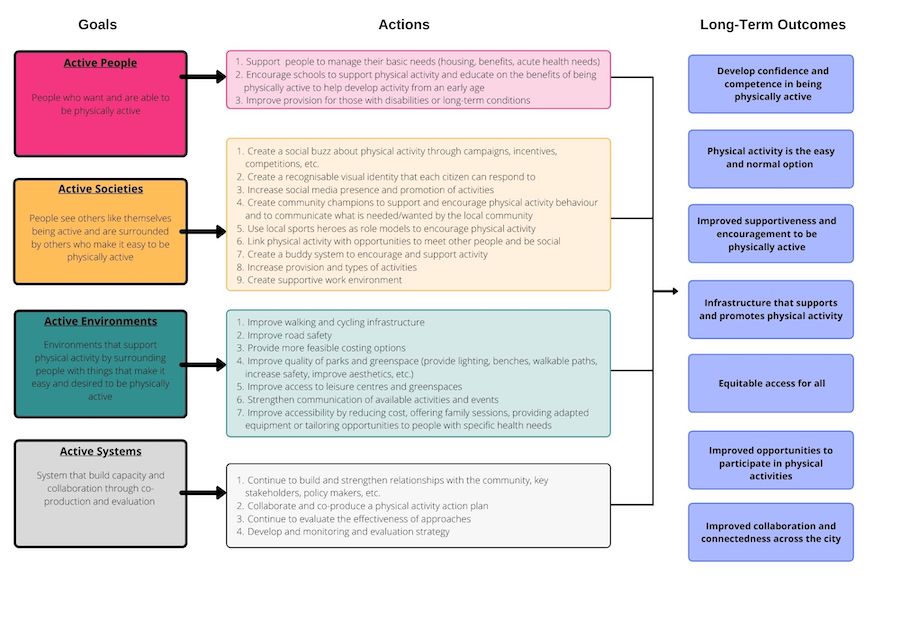
Identified goals stem from the key Influencer Framework themes: individuals, society and environment, which are common levels of influence identified within behaviour change research. Additionally, the wider system plays a key role in facilitating these structures and relationships. As you move from the far left, towards the right of the diagram, key actions are identified for each of the goals. These arise from commonly identified themes from this research, across all areas and characteristics. Finally, on the far right, long-term outcomes are identified, which would represent an optimal city-wide view. These outcomes stem from discussions within the research field.
The framework in figure 8 forms the backbone that will drive and connect the cross-sectoral work in Leeds, identifying shared assets, languages and priorities, which will lead to a healthier, stronger and more resilient city. This research highlights the importance of environmental and social factors, strengthening and further justifying the link between public health, planning and transport, in addition to mirroring Arup’s recommendations highlighted in figure 8. Building healthy spaces and places, where active travel and outdoor activity is an easy choice, will build community relationships and contribute enormously to reducing inequalities in health and promoting healthy lives for all.
The cross-sectoral work streams built around this research are in early stages of development, but there are a few notable ones to date, including key work to increase levels of walking in the city. Development of a walking action plan for the city built on the foundations of the above research has led to work to start mapping walking routes across the city. This sits alongside cross-sectoral work to deliver low-traffic neighbourhood schemes in priority neighbourhoods, with the aim to create safe, healthy spaces where communities can connect, and where walking and cycling are the easiest and most attractive options for movement.
Collaborative working across planning, design and public health is enabling improvements in sustainable placemaking by providing the necessary evidence and influencing developers and investors. It’s the development industry that will be crucial in delivering the majority of healthy homes and communities for the future, and it’s hoped that the multifaceted way in which Leeds is approaching the issue convinces developers that this is not a burden on the viability of their housing product but a fundamental right for their customers. Similarly, prospective homeowners need to be more demanding on their investment and choices for where they live to ensure that their resilience, health and wellbeing are at the front of their minds when it comes to buying a home and helping to create a community.
References
No references
Organisations involved

